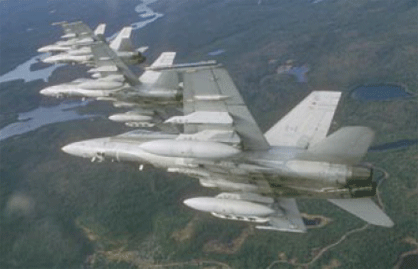| Mapping | |
Aeronautical cartography
|
||||
|
The main purpose of an Aeronautical Chart is to contribute to the safety, regularity and efficiency of International Air Navigation. The increasing speed and operating altitude of modern aeroplanes, coupled with increasing congestion of air traffic necessitate availability of precise and up-to-date charts. This can be achieved by having an efficient system of Aeronautical Chart production. Aeronautical Charts are primarily meant for the use of Civil and Defence Pilots, Airlines, Air Traffic Controllers, Planning & Engineering, Communication officials, Search & Rescue Personnel, Fire Section, Meteorological and various other organizations. International Civil Aviation Organisation (ICAO) is the prime agency for regulating the design and production of aeronautical charts and the Standards and Recommended Practices and guidelines in this regard are issued by ICAO vide Annex-4 and Doc 8697 (Aeronautical Chart Manual). Production of charts is a complex and lengthy process, as it involves not only designing, drawing or tracing the charts, but may require the collection of basic field survey data of the area. In India, Survey and Cartography Unit of Airports Authority of India (AAI), New Delhi has mandate to survey civil aerodromes and other areas for production of Aeronautical Charts. AAI is responsible for surveying and producing aeronautical charts for all the civil airports in the country belonging to AAI, and even for certain other airports as per requirement. In some other countries, besides the Government Organisations, the job is also done by private agencies. For example m/s Jeppesen of Germany is producing aeronautical charts for sale to pilots and airlines. The major difference in production of charts by Jeppesen is that they do not conduct the field survey to collect the data, but gather the information from various authentic sources. On the other hand, AAI collects the field data also through its own sources. The aeronautical charts produced by AAI are mainly based on the Standards and Recommended Practices of ICAO. However certain non-ICAO Charts are also produced to meet internal requirements. Among ICAO Charts again there are three categories i.e. Mandatory ICAO Charts, Conditionally required ICAO Charts and Non-mandatory ICAO Charts. ICAO chartsa. ICAO Mandatory ChartsThe following charts have been declared mandatory by ICAO and therefore, they are produced by AAI for publication and sale to various Precision Approach Terrain Chart – It provides detailed terrain profile information within a defined portion of final approach of the aircraft landing at an airport. Enroute Chart – Provides information to flight crew to facilitate navigation along air traffic services routes. Thus the pilots flying on those air-routes can use the charts for a safe flight. Instrument Approach Chart – Provides necessary information for instrument approach procedure. Thus an pilot of an aircraft landing at a particular airport is able to follow the specified proceAVIATION dure meant for bringing the aircraft below a particular height to see the runway and land there. Aerodrome Chart – Provides essential operational information about an aerodrome. World Aeronautical Chart – They contain small scale maps (1:1 million) b. ICAO Conditionally required ChartsThe following charts are declared as “Conditionally required Charts” by ICAO, which means that they are required only if certain conditions/ circumstances prevail; Aerodrome Obstacle Chart Type ‘C’ – is required where the obstacle data needed by the operator to develop procedures to comply with the operating limitations of Annex 6, Part I and II, Chapter 5, are not published in the AIP. Area Chart – It gives the details of Air Traffic Services (ATS) routes and aeronautical facilities within the area control. It is to be made available where the air traffic services routes or position reporting requirements are complex and cannot be adequately shown on the Enroute Chart. Terminal Area Chart — Similar to Area Chart and is used for Terminal Areas. Standard Arrival Chart – used by flight crew for arrivals. It is to be made available where a standard arrival route-instrument has been established and cannot be shown with sufficient clarity on the Area Chart. Visual approach chart – Used for descent of the aircraft. It has to be made available for all aerodrome used by international civil aviation where only limited navigation facilities are available or radio communication facilities are not available or no adequate aeronautical charts of the aerodrome and its surrounding at 1:500 000 or greater scale are available, or where visual approach procedures have been established. |
||||
Pages: 1 2













 (No Ratings Yet)
(No Ratings Yet)





